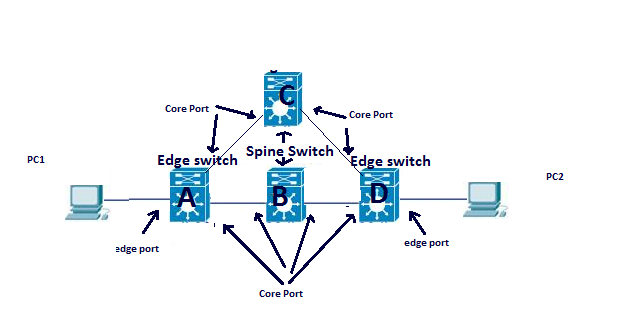

First-generation leaf switches do not support Layer 3 multicast. Prior to Cisco ACI Release 3.0(2h), this option requires ingress policy enforcement in the VRF instance.įor second-generation leaf switches, remote IP learning is allowed only for Layer 3 multicast in order to properly forward (S, G) packets. Prior to APIC Release 3.0(1k): Fabric > Access Policies > Global Policies > Fabric Wide Setting Policy > Disable Remote EP Learnĭisables remote IP endpoint learning on border leaf switches for VRF instances border leaf switches use the spine proxy exclusively System > System Settings > Fabric-Wide Setting Tenant > Application Profiles > Application EPGs or uSeg EPGs > EPG > Subnetsĭisables IP endpoint data-plane learning per bridge domain subnet or IPĭisables IP endpoint data-plane learning on a Virtual Routing and Forwarding (VRF) instance Tenant > Networking > Bridge Domains > BD > Subnets This option is used only for service graphs with PBR.Ī requirement for use of a service graph with Policy-Based Redirect (PBR) Prevents mis-learning of IP addresses that may not belong to the fabricĭisables IP endpoint data-plane learning on a bridge domain This option does not prevent remote IP endpoint learning. Prevents the local IP endpoint from being learned outside the subnets configured on the bridge domain Uses Gratuitous Address Resolution Protocol (GARP) information to trigger an IP move when the move occurs on the same interfaceĪ workaround for this behavior through which a particular IP to MAC binding changes on the same interface Tenant > Networking > Bridge Domains > BDĮnables 元 routing and endpoint IP learning on a bridge domain Tenant > Application Profiles > Application EPGs or uSeg EPGs > EPGĭisables IP data-plane learning for specific endpoint IP addresses such as a Direct Server Return (DSR) virtual IP address Detailed use cases and explanations are presented later in this document. It discusses deployment options using the data-plane learning options listed in Table 1. This document covers features up to Cisco ACI Release 5.2(1g). For more information, see the Cisco ACI white papers available at. To best understand the design presented in this document, the reader must have a basic working knowledge of Cisco ACI technology. It focuses on specific use cases for endpoint IP address learning behavior. This document describes Cisco ACI endpoint learning behavior and deployment and presents a variety of optimization options. In addition to its use for traffic routing and bridging, endpoint information can be useful for traffic optimization, endpoint location tracking, and troubleshooting.

The Cisco ® Application Centric Infrastructure (Cisco ACI ®) solution can hold information about the location of MAC addresses and IPv4 (/32) and IPv6 (/128) addresses of endpoints in the Cisco ACI fabric. This section provides an overview of the goals and prerequisites for this document.

ieĢ) Let's say on switch A, I have a host on port 2 which has an entry in the table port 2 DDD, and then I move that host to port 3. I would see more then one mac address tied to port 1 on either switch.

It is my understanding that if I was to look at either of those switches( A or B) in there mac address tables. But there are a few cases that I can't find a clear answer too.ġ) If I have two switches and say port 1 on switch A is connected to port 1 on switch B, and as traffic flows between the switches the mac-address-table gets populated. I feel like I have a good understanding of how a switch generally works in most cases.


 0 kommentar(er)
0 kommentar(er)
